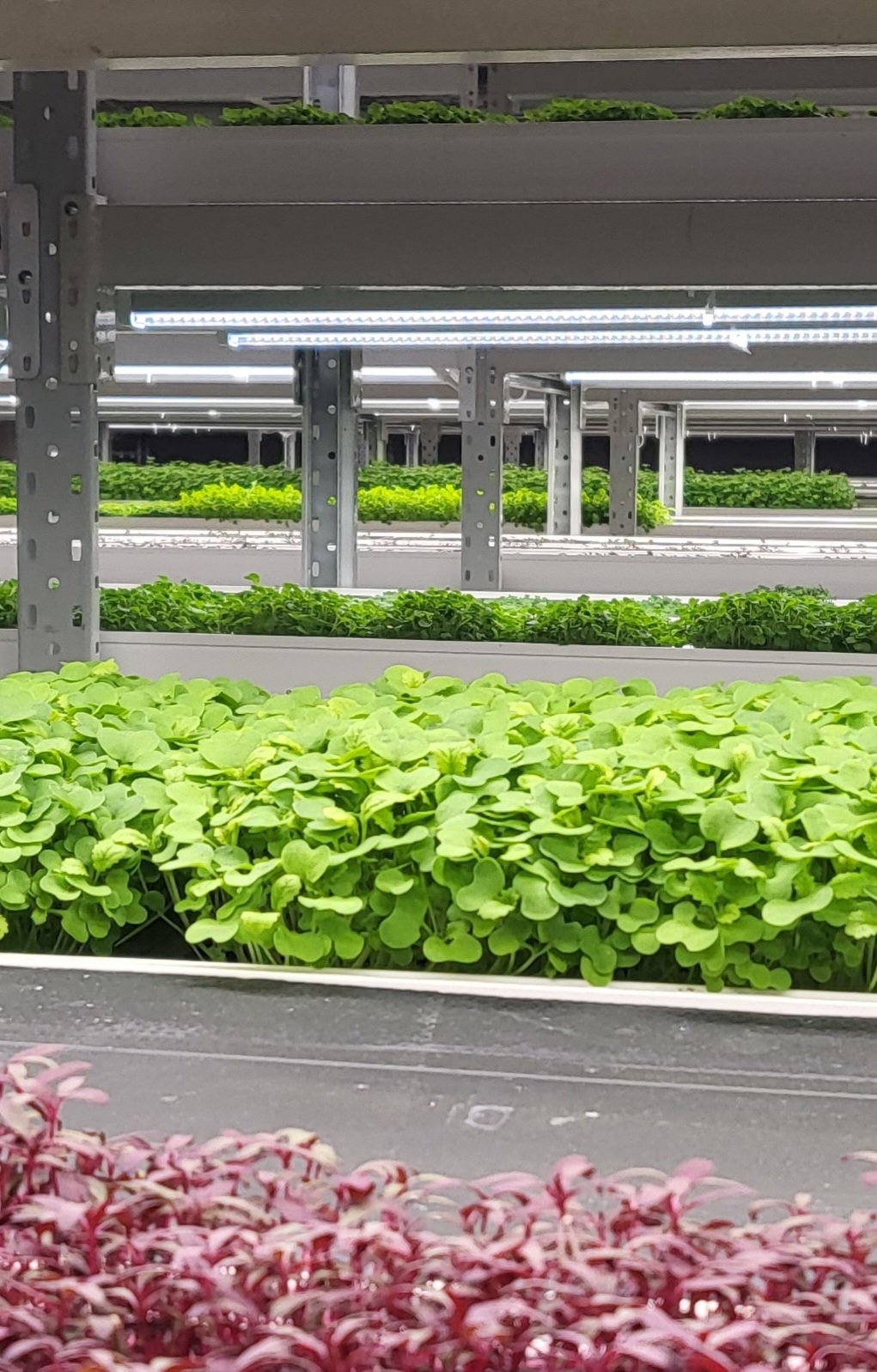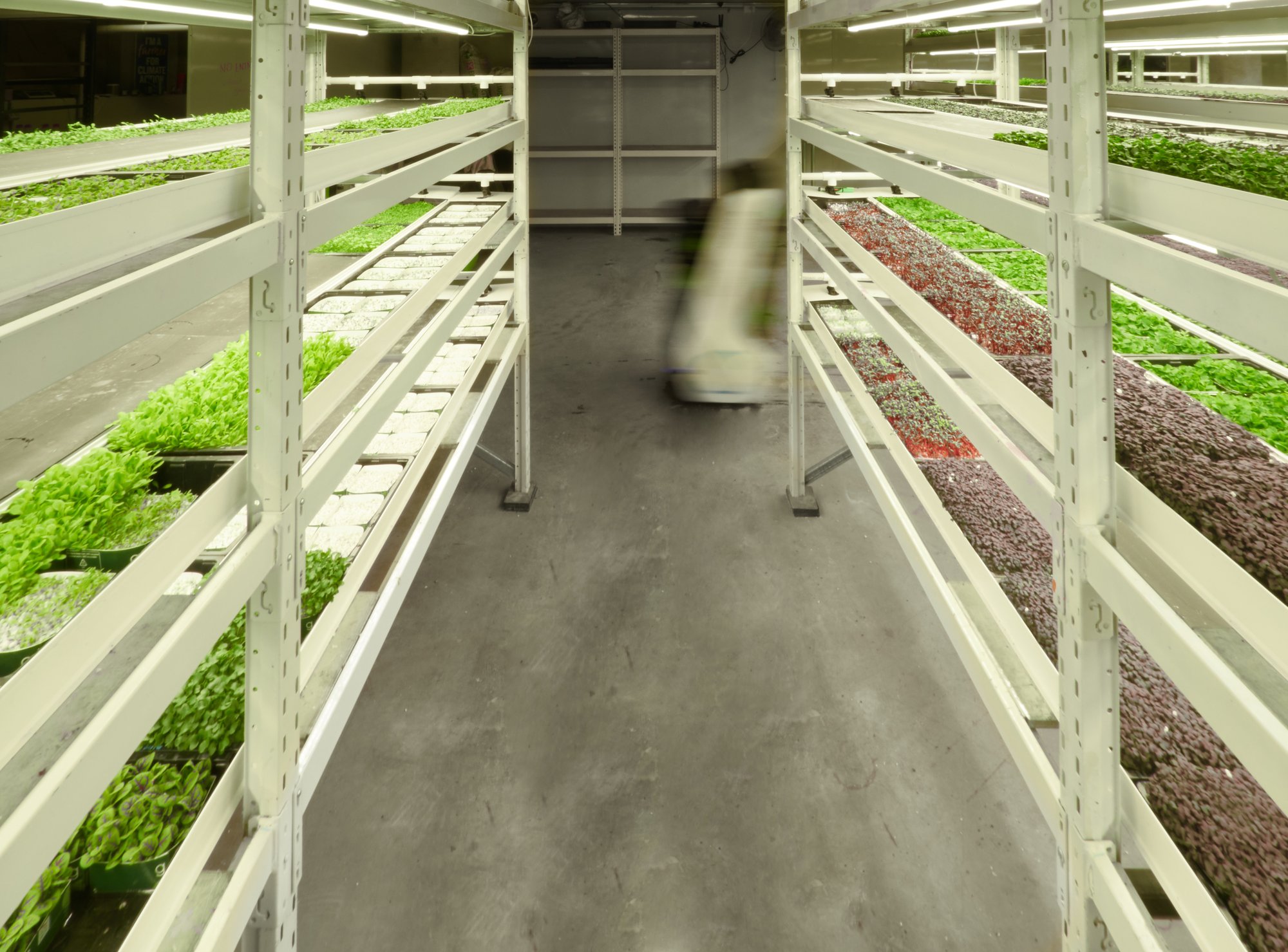Food Security

Vertical farming systems allow growers to produce in a fully controllable climate, safe from the natural elements such as wind rain and frost, meaning the variety of crops now able to be grown anywhere is increased significantly. Additionally, the secure environment results in zero pests and invasive bacteria, which allows the grower to provide organic pesticide free produce, which paired with an automated growth and harvesting system will allow for minimal human contact, something heading the agenda in the current crisis. Its local production and harvesting of crops reduce the amount of food miles, meaning a decrease in the growers contribution to the global carbon footprint. Research has found that vertical farms lower overall CO2 emissions by 67-92% when compared with greenhouses.
Vertical farming sounds a potential game-changer for action on climate change and world hunger. After all, the planet is already rapidly warming, bringing with it increasing risks of drought, devastating storms, soil erosion, flooding and crop failure, all of which affect global supply chains and hit some of the world's most climate vulnerable, agriculture reliant economies. Urban food solutions are expected to play a key role in global food security. Since the arrival of the virus, major cities across the planet have experienced less smog and a reduction in pollution levels. Growing vertically can act as a major contributor too.
In fact, vertical farming uses between 70%-95% less water than traditional farming, and uses over 90% less land. Moreover, vertical farming can harvest 80% more crops per unit of area.

By cultivating crops inside multi-story buildings, we can protect them from these extremes while also potentially reducing pressure on land-use, boosting biodiversity and opening up opportunities for rewilding in rural areas. Indeed, unlike crops exposed to the elements outside, vertical farms are not subservient to the seasons, thus promising year-round production with little risk of crop failure. Our technology aims to lower water usage, a reduction in fossil-fuelled farming machinery, no pesticides or herbicides and the opportunity to bring food production closer to growing urban populations where it is needed.

-1.png?width=309&height=52&name=GSPlogoTBG-01%20(7)-1.png)